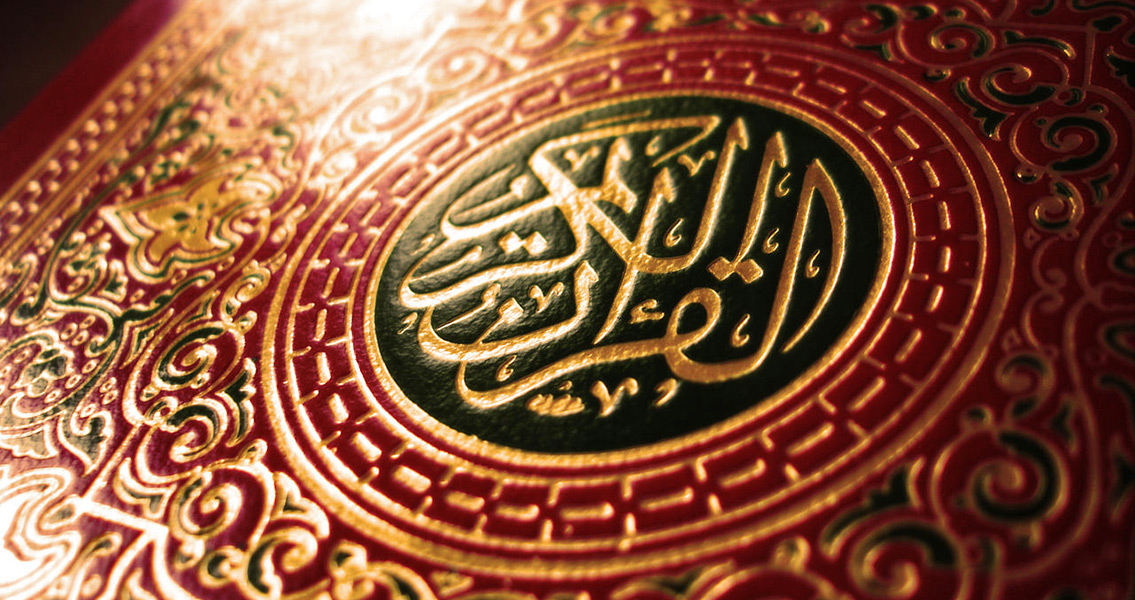<![CDATA[A manuscript of the Qur’an held by the University of Birmingham has been dated, using radiocarbon dating technology, to between 568 CE and 645 CE, which makes it one of the earliest written texts from the holy book of Muslims, contemporaneous with the prophet Muhammad who is believed to have lived between 570 CE and 632 CE. In a statement, the University of Birmingham said the manuscript had been dated at the University of Oxford and that the accuracy level of the dating was 95.4%. The manuscript is written on an animal skin parchment, goat, calf or sheep, two researchers in religion, David Thomas and Nadir Dinshaw said in the press release, and consists of two leaves. The text on them includes fragments of suras 18, 19, and 20, written with ink in an early Arabic script called Hijazi. To carbon date the artefact, the scientists at the University of Oxford lab unbounded the leaves and measured the degree of decay of carbon-14, a radioactive isotope of the element that decays at a steady rate, based on which it can be established how long ago an artefact or organism originates. The manuscript appears to have been part of a codex, other parts of which are kept in the National Library of France, said one of the researchers who worked on the artefact, Alba Fedeli. The significance of the text, says Nadir Dinshaw, lies in the possibility that it has revealed the actual founding of Islam as a religion. According to Muslim belief, Muhammad received the divine revelations that later became the Qur’an between 610 and 632 CE. These, however, were not put into writing until later, they were kept “in the memories of men.” Aside from parchment, suras were written on stone, palm leaves, and even the shoulderblades of camels, Dinshaw goes on to say. It was only when caliph Abu Bakr became leader of the Muslims, the first after the prophet Muhammad, that these writings were collected in a single body of text. The final text of the scripture was compiled around 650 CE, under caliph Uthman. Since the Birmingham parchment was made from animal skin, carbon dating established that the animal from which it came lived at some point in the lifetime of Muhammad or very shortly after his death, so the suras on it may have been put to parchment no more than twenty years after Muhammad’s death, Dinshaw explains. Since the text is very similar to the suras read today, it supports the theory that the holy book of Islam has not altered in any significant way since the time of the original revelations which it is believed to be based on. The British Library’s curator for Persian and Turkish manuscripts, Muhammad Isa Waley, said that it is possible the manuscript was part of a comprehensive copy, or Mushraf, of the Qur’an produced during the time of “the first three caliphs,” most likely from the time of the caliph Uthman but maybe even earlier than that. The manuscript is part of the University of Birmingham’s Mingana collection, kept in the Cadbury Research Library. Image courtesy of Wikimedia Commons user: crystalina ]]>
Qur’an Manuscript Dated Back to Muhammad’s Time
